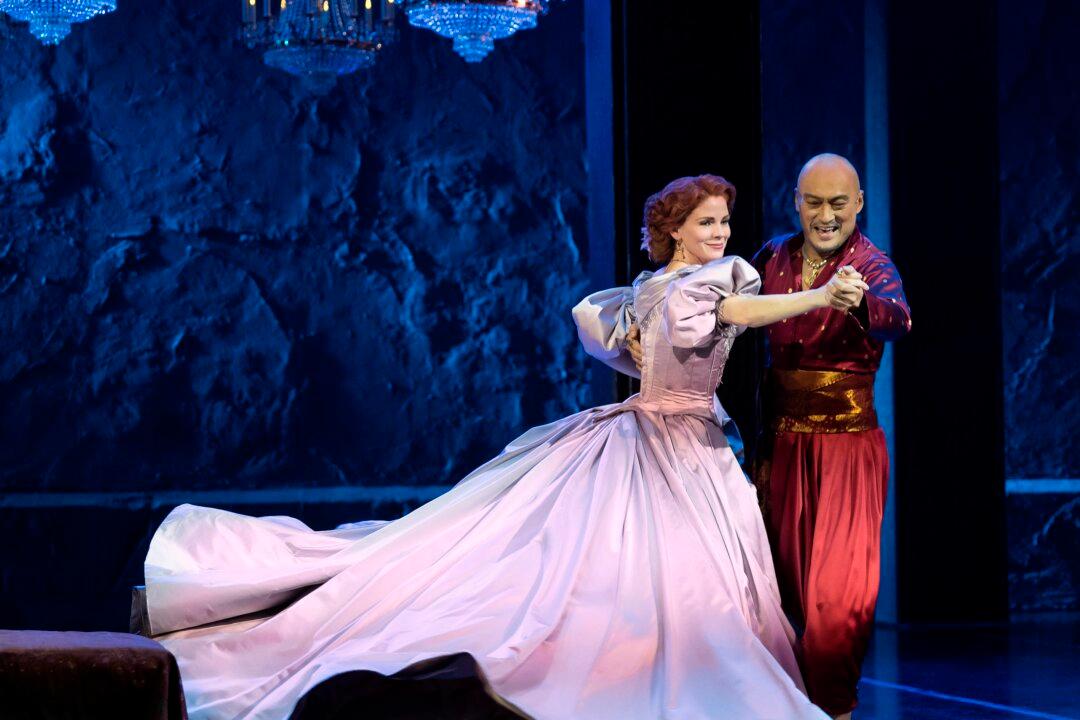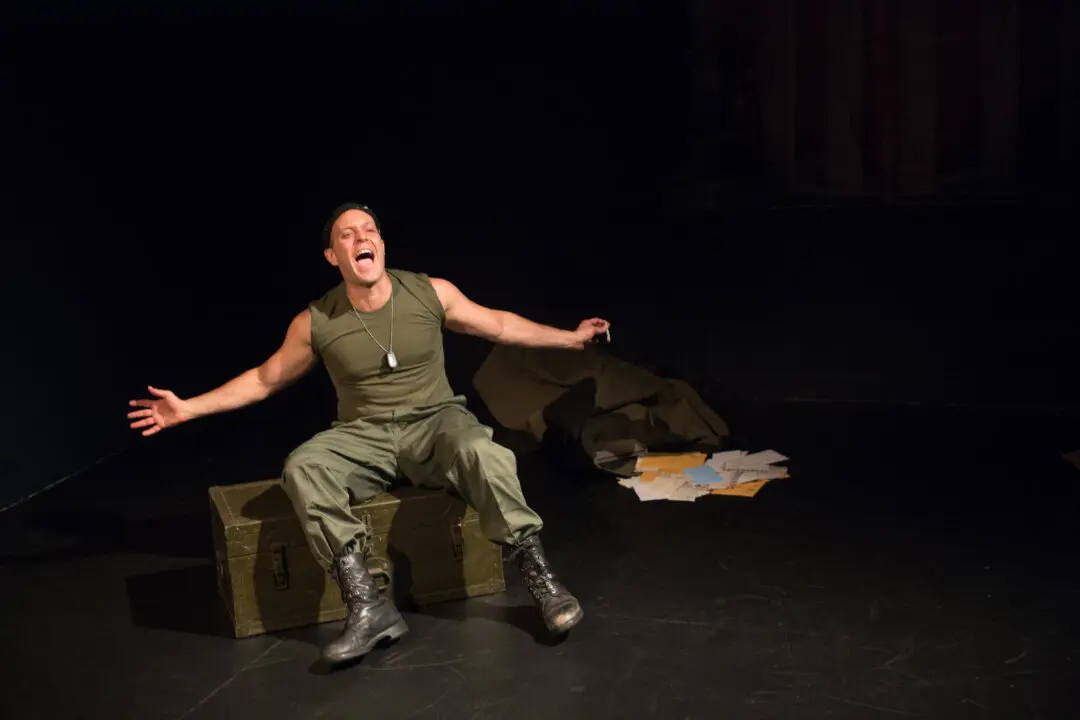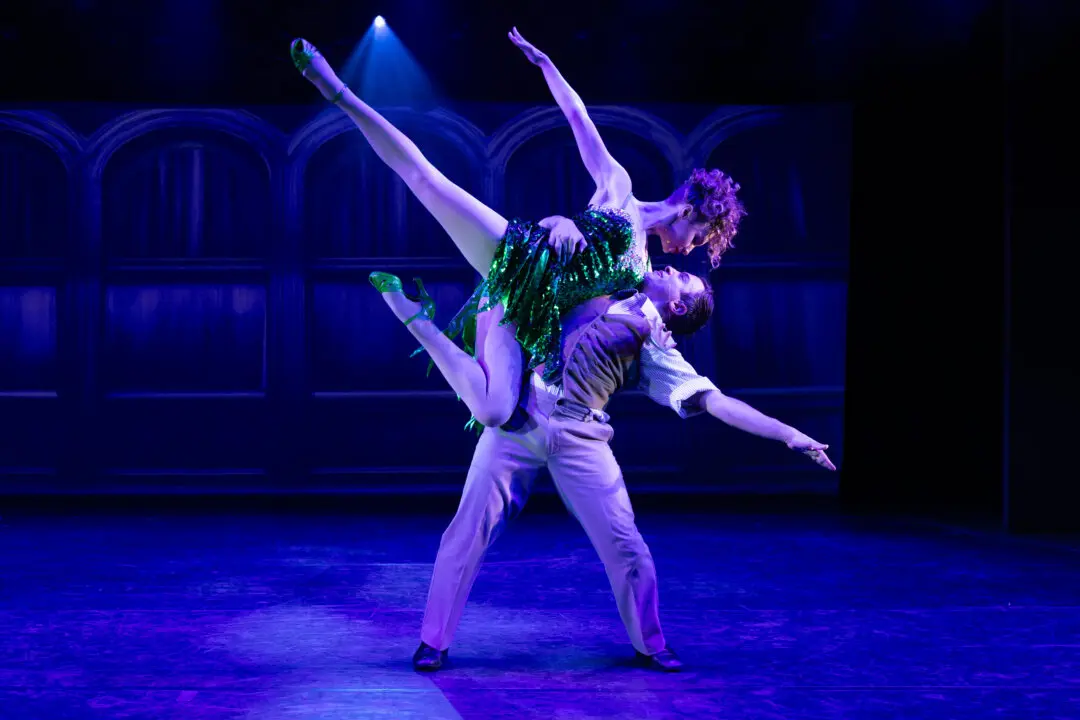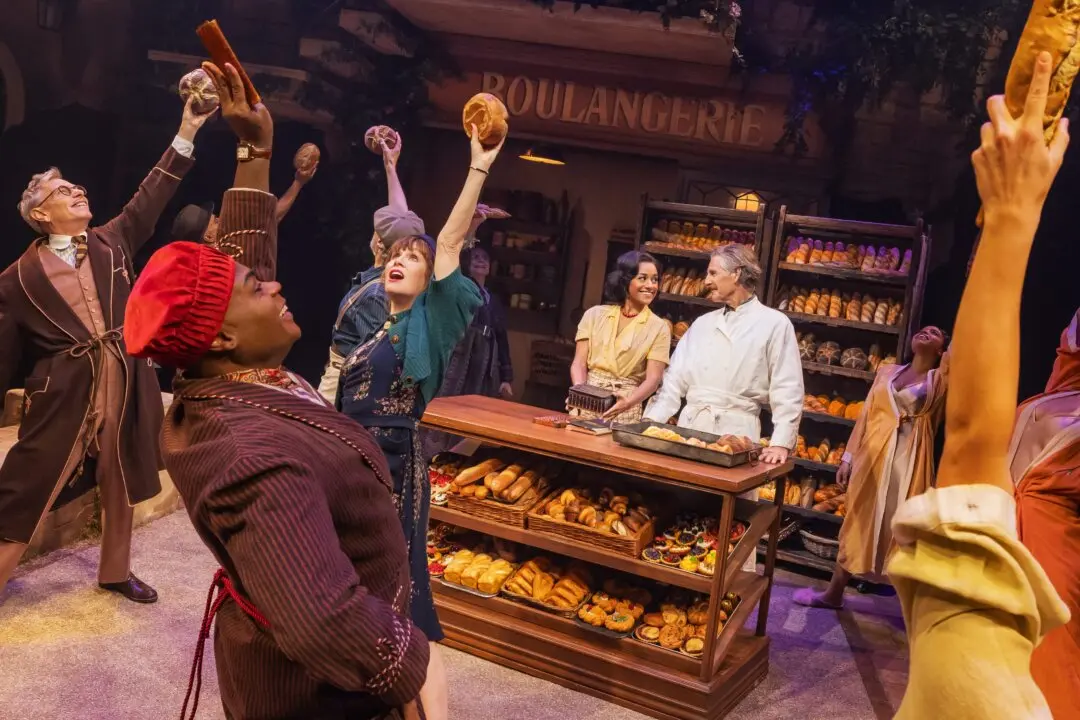NEW YORK—The fish out of water premise has been around almost since the beginning of storytelling. In the American version, it’s often set in the Old West: A man is brought in to clean up the town only to upset the status quo too much in the process, thus bringing him into conflict with those who hired him in the first place.
When the two sides first meet in these circumstances, that first encounter can be rather interesting, to say the least. It can be especially so when issues of morality come into play or when tradition is looked at in opposite ways: One side sees it as something to be honored and changed only gradually, while the other wants to do its best to change things quickly.
Those on each side are sure in the knowledge that they know what’s best.
“Interesting” is the word used to describe such a meeting between two the main characters in this classic, exotic, and nearly disguised American story “The King and I.”
With music by Richard Rodgers, book and lyrics by Oscar Hammerstein II, and based on the novel “Anna and the King of Siam” by Margaret Landon, the musical is being given a sumptuous revival at Lincoln Center with a cast that is almost entirely of Asian descent.
It is Bangkok, Siam, in the early 1860s. Anna Leonowens (Kelli O'Hara), a widowed Englishwoman with a young son (Jake Lucas), has been engaged by the King of Siam (Ken Watanabe) to teach English and the “scientific” method of learning to his 67 children, as well as to a number of his various wives.






